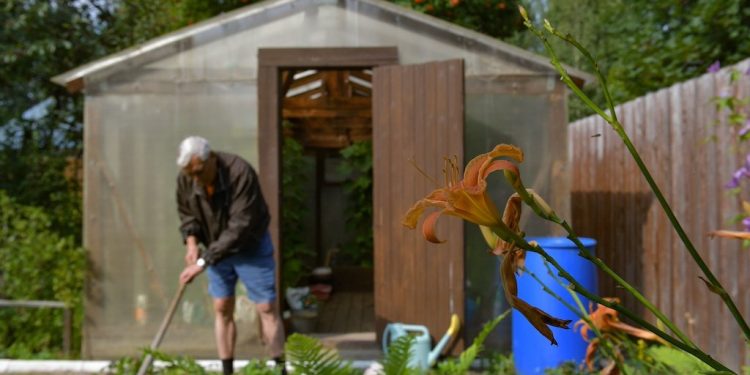Greenhouse structures made from polycarbonate have gained popularity due to their numerous advantages: high durability compared to polyethylene films, ease of construction, and cost-effectiveness relative to traditional glass structures. But what does “ease of construction” entail? Can anyone, even an inexperienced gardener, successfully build such a greenhouse? Engineer Mikhail Kudryashov sheds light on these questions:
“Whether to construct it yourself or seek professional help depends on your comfort with manual labor. If you’re inclined, building such a greenhouse shouldn’t pose significant challenges. However, for those without construction experience, consulting a specialist or using a combined approach might be advisable.”
Polycarbonate greenhouses are available in various sizes: 2×2 meters, 2×4 meters, 3×6 meters, and 3×8 meters, with heights ranging from 2 to 2.5 meters. Custom sizes can also be ordered based on specific needs. Once the size is determined, attention should be given to the greenhouse configuration. Typically offered in three forms—arched, lean-to, and gable-roofed—the configuration affects the kit components. The arched and lean-to types come with metal profiles, two doors with latches, and two vents. The gable-roofed variant includes a metal ridge for added structural stability.
According to experience, the optimal polycarbonate thickness for Russia’s central region is at least 2 mm. Correspondingly, metal profile sections should be 40×20 mm for walls and doors, and 20×20 mm for vents. Ensure handles are included in the kit, as they are sometimes overlooked by buyers.
When you have all the materials and polycarbonate sheets in hand, and have chosen the construction site, the foundation must be considered. While some prefer basic brick or metal tube supports with a wooden perimeter, attaching the greenhouse to the ground with special anchors (available for an additional fee) may be more secure. A strip foundation is recommended for permanent setups, especially if the greenhouse isn’t intended to be moved seasonally.
Regardless of whether you decide to construct the foundation yourself or hire professionals, ensure the trench depth is approximately 50-60 cm and width 30-35 cm. Use at least M400-grade cement for durability.
During pouring, plan for six points (at corners and midpoints) to anchor the greenhouse from below. Insert two to three wooden plugs (100-150 mm deep) at these points before the foundation sets. These will serve as entry points for screws securing the bottom frame.
When assembling, try to use materials strictly from the kit; substitute only with identical alternatives if necessary. After erecting the frame, insert polycarbonate sheets from bottom to top, regardless of greenhouse type. Finish by covering vents and doors with polycarbonate sheets last. Avoid forcing open vents and doors with mechanical adjustments; uneven operation is often due to leveling issues and should be corrected through careful adjustment rather than forceful manipulation.
Overall, expect to spend between 27,000 to 45,000 rubles for all necessary materials, depending on quality and manufacturer.










